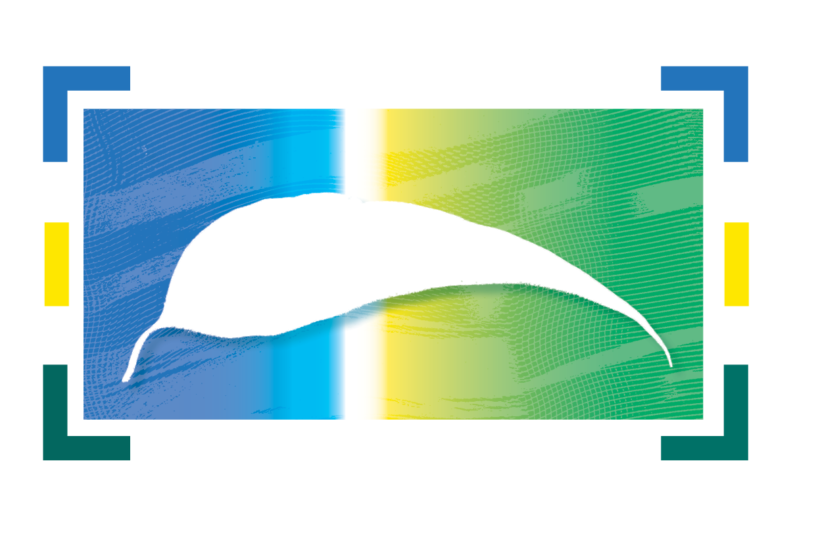- Home
-
Our Work
- People for Nature
- Giant Light Steps
- Environmental Education
- Conserving the Margaret River
- Coordinated Weed Control
- - Arum lily Blitz
- Managing Bushland for Wildlife
- Threatened Species Protection
- - Western Ringtail Possums
- - Black Cockatoos
- - Margaret River Hairy Marron
- - SW Masked Owls
- Caring for Coast
- About
- News & Events
- Resources
-
Get Involved
- Stay Informed
- Ways You Can Help
- Become A Nature Conservation Volunteer
- Become A Citizen Scientist
- Join A Community Or Friends Group
- For Nature Landowner Stewardship Program
- - For Nature: Find Inspiration
- - For Nature: Gain Knowledge
- - For Nature: Make Connections
- Learn About The Environment
- Report What You See
- Join & Donate
- Contact

Inspiration to get involved For Nature
The Margaret River region has remarkable biodiversity, rarity and endemism of flora and fauna. It’s part of the reason Western Australia’s south-west is one of less than 40 global biodiversity hotspots. Biodiversity hotspots are special but also under threat. Conserving nature in biodiversity hotspots can make an enormous global contribution – and protect a beautiful and unique environment for us all to enjoy.
About 70 per cent of land in the Margaret River region is privately owned so For Nature needs everyone’s help to make a difference. Whether you live on a rural property, bush block or in town, there are many things you can do to conserve and enhance nature. For Nature aims to show you the way and to accompany you on the journey.
Your registration with For Nature also allows us to see the big picture – where habitat is being restored, where invasive plants and feral animals are being controlled, and where habitat for wildlife is being protected and enhanced. With this information we can identify and target conservation activities to improve outcomes for the environment.

For Nature champions and their inspiring stories
For Nature’s “Champions Series” showcases great work by property owners, gardeners, schools and volunteers to conserve nature in the Margaret River region. Read their inspiring stories packed with ideas to help make your contribution!
⇒ Boyd Wykes and Karen Majer – Growing a wildlife garden
⇒ Tony Lane – Tackling invasive arum lillies on a bush block
⇒ Anouska Pillai – Protecting biodiversity on our land
⇒ Ray Swartz – A foreshore restoration warrior
⇒ Jane House – Success with stream revegetation
⇒ Laura Bailey and Lawson Armstrong – Regenerative agriculture
⇒ Leeuwin Estate – Fencing, revegetation and weed control
⇒ Janet Duffall and Genny Broadhurst – Margaret River Coastal Residents Association
⇒ Maureen Munroe and Peta Goodwin – Conserving Barrett Street Reserve
⇒ Margaret River Independent School – Nurturing our school environment

Inspiration for your garden or rural property
Nature in your garden: Gardens can help support the local wildlife, especially birds and insects which are our most mobile fauna. With suitable places to shelter and hide from predators, gardens can also support reptiles, frogs and mammals. Urbanisation has changed the landscape but our gardens, street trees and parks can be stepping stones or corridors for animals to move in search of food, shelter and water. And if we are clever, we can provide sources of food, shelter and water in our very own gardens. Read more about creating a nature garden.
Nature on your property: Bushland in the Margaret River region is valuable. In a largely altered landscape, remnant native vegetation is a refuge for many species of plants and wildlife. It provides protection against soil erosion and salinity, assists in maintaining water quality, provides natural pest control, stores carbon and modifies climate. Rivers, streams and wetlands have an important drainage function and support a wide range of wonderful plants and animals.
Remnant native vegetation and associated wildlife face many threats including clearing, grazing, Phytophthora dieback, tree decline, weeds, feral animals and fire. A bush block or an area of remnant vegetation on a rural property can provide a variety of habitats and be important as part of a wildlife corridor across the landscape. Read more about caring for bushland.

Inspiration for your school or reserve
Nature and schools: The school environment is an excellent place for young people to learn about and participate in nature conservation. Many schools have bushland areas on or near their grounds, and schools can make a major contribution to protecting the biodiversity of the region.
The ‘Our Patch’ Environment Education Program aims to increase ecological knowledge and get students out into their environment to learn about flora, fauna, ecosystems and the impacts our lifestyles can have. Students can also become citizen scientists, collecting information and monitoring wildlife.
‘Adopt a Spot’ also connects local schools to an area of bushland, river foreshore or coastline in the region – connecting young people with nature and engaging schools in long term environmental restoration projects.
Nature in public places: The Margaret River region is fortunate to have many national parks and reserves, providing a haven for nature. They provide an important place for our community to view and learn about nature, but recreational use can put pressure on natural areas and threaten biodiversity if not carefully managed.
There is opportunity for us to value public places for their natural and cultural values and to respect and care for them. Friends of reserve volunteer groups are the eyes on the ground, while individuals too have a part to play through awareness, respect and enthusiasm for local public places. Find volunteer groups to join in your area.

